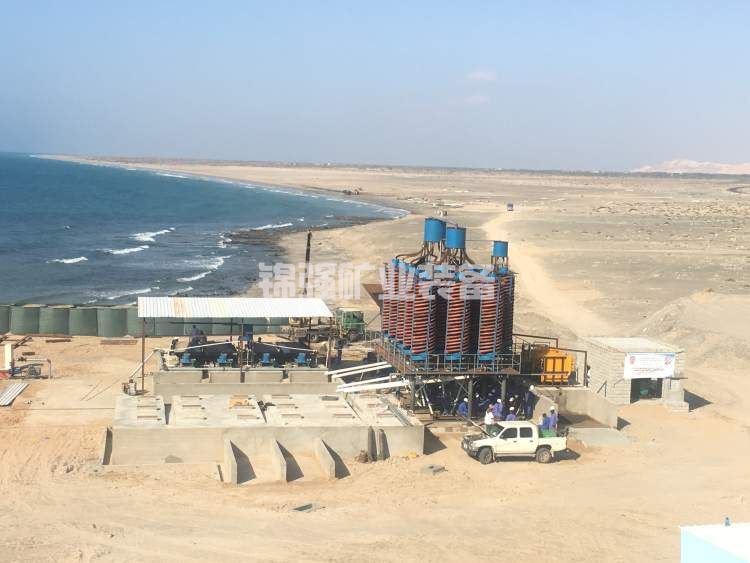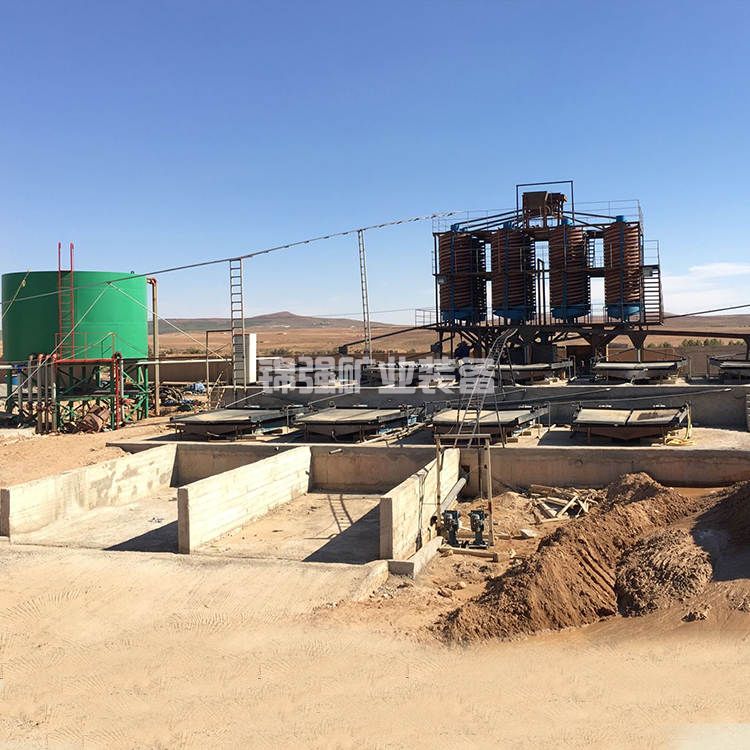 Service Phone:
+8619870423316
Service Phone:
+8619870423316
 Service Phone:+8619870423316
Service Phone:+8619870423316
current location: home > News and information
update date:2023-07-20 03:40:18Number of views: author:锦强设备
Ferrotitanium tailing is a common Industrial waste. Because it contains a certain amount of ferrotitanium minerals, it has certain application value in gravity beneficiation. This article will introduce the operational steps and test results of the gravity beneficiation test for titanium iron tailings.
1、 Experimental principle
The principle of the gravity beneficiation test for titanium iron tailings is to use gravity to separate minerals according to density, thus achieving the purpose of beneficiation. In the experiment, we used a gravity concentrator for the experiment.
2、 Test operation steps
1. Sample preparation
Sieve the titanium iron tailings samples according to different particle sizes, and select samples with particle sizes of 0.5-1mm for testing. Place the sample in the testing machine and add water for mixing.
2. Testing machine settings
 Adjust the slope of the testing machine to 6 degrees, adjust the water flow rate to 1.5L/min, adjust the density to 25%, and start the testing machine.
Adjust the slope of the testing machine to 6 degrees, adjust the water flow rate to 1.5L/min, adjust the density to 25%, and start the testing machine.
3. Test process
Add the sample to the testing machine and observe its operation. During the experiment, the water flow rate and density can be adjusted appropriately to achieve the best beneficiation effect.
4. Analysis of test results
By observing the discharge port of the testing machine, different densities of mineral sorting can be obtained. Based on the experimental results, the optimal beneficiation process parameters can be obtained.
3、 Test results
Through the gravity beneficiation test of titanium iron tailings, we obtained the following results:
The optimal slope of the testing machine is 6 degrees.
The optimal water flow rate of the testing machine is 1.5L/min.
The optimal density of the testing machine is 25%.
Under the optimal process parameters, the beneficiation rate of titanium iron tailings is above 80%.
In summary, the gravity beneficiation test of titanium iron tailings is an effective beneficiation method that can convert waste into resources and has important application value.
 Gravity beneficiation test of titanium iron tailings
Gravity beneficiation test of titanium iron tailings